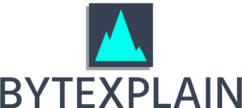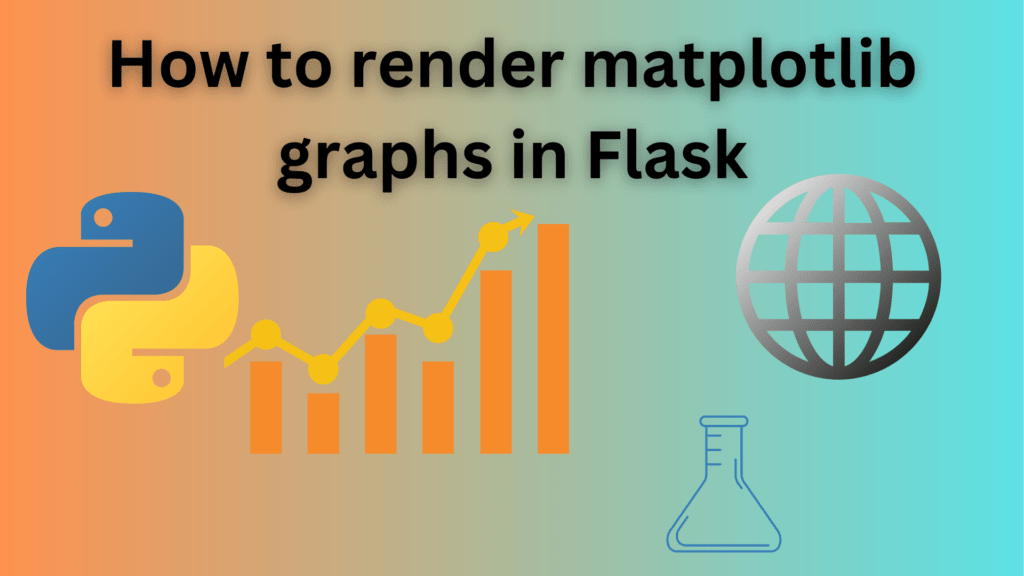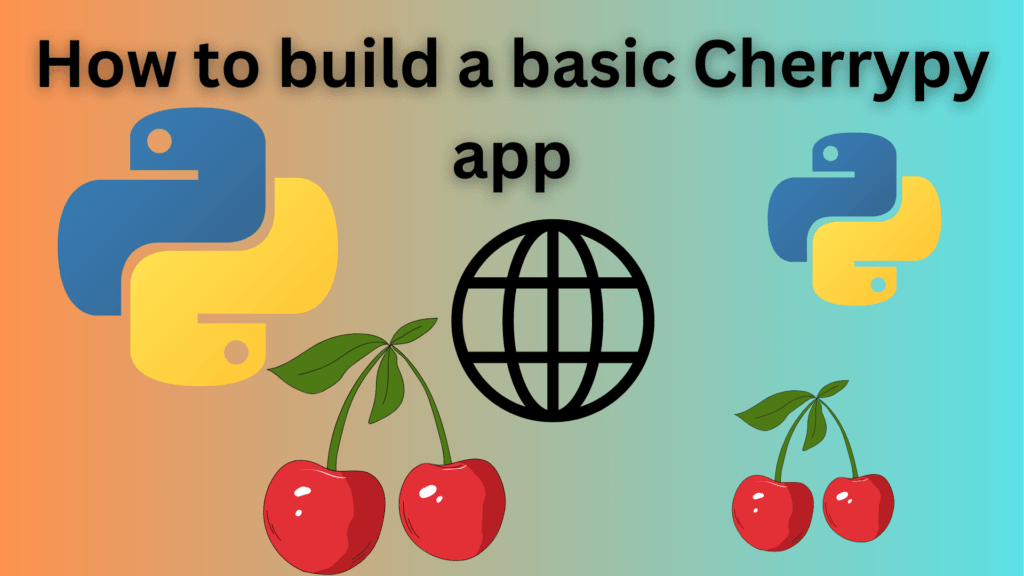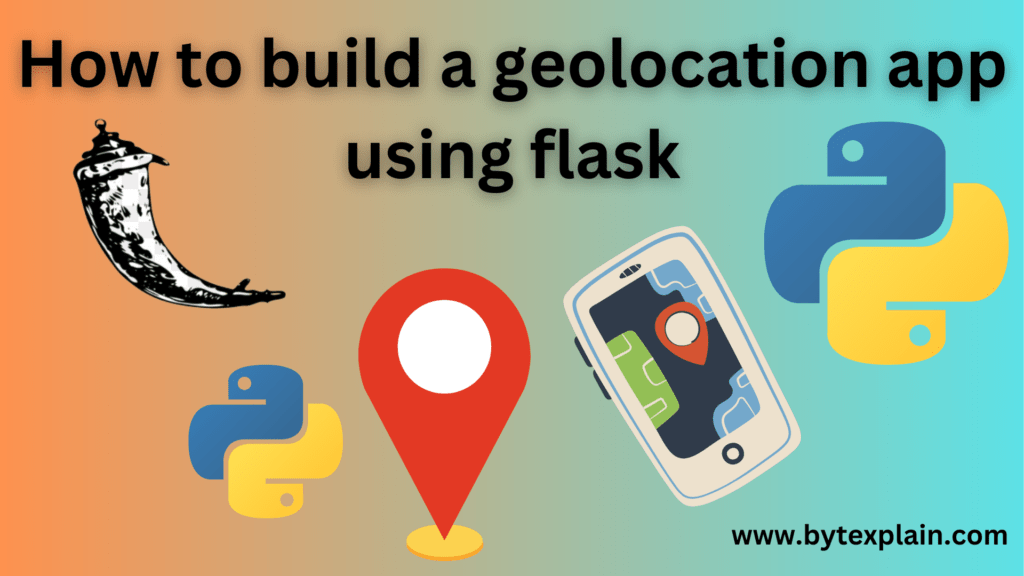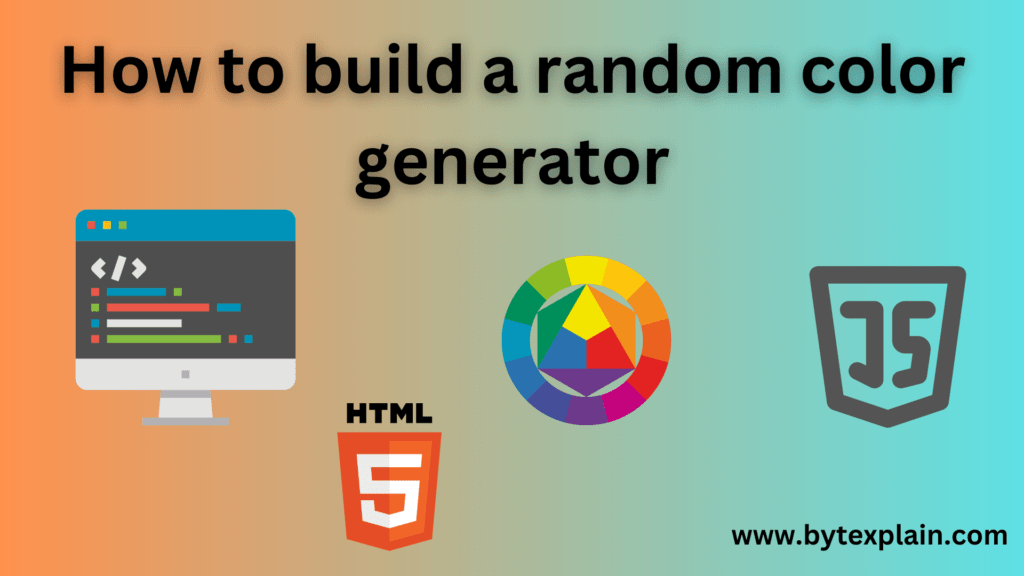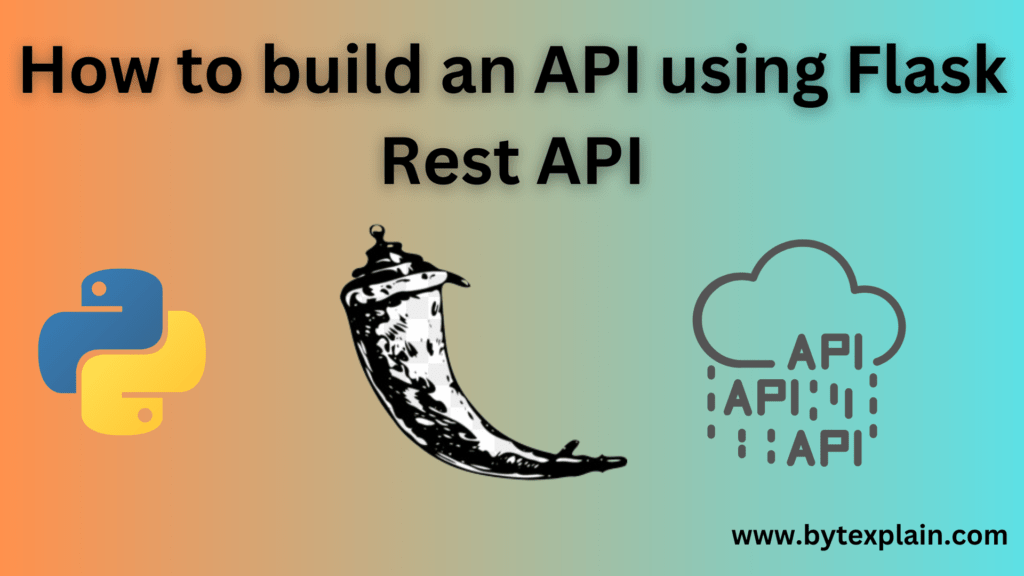The rise of NoSQL databases has transformed the way we handle large volumes of unstructured and semi-structured data. Unlike traditional relational databases, NoSQL databases offer flexibility, scalability, and performance, making them ideal for modern applications such as big data analytics, real-time web apps, and Internet of Things (IoT) solutions. With a plethora of NoSQL databases available in 2024, it can be challenging to choose the right one for your needs. In this blog, we will explore the top 10 best NoSQL databases, highlighting their features, pros, and use cases to help you make an informed decision.
Table of Contents
1. MongoDB
MongoDB is one of the most popular NoSQL databases, known for its flexibility and scalability. It is a document-oriented database that stores data in JSON-like BSON (Binary JSON) format, making it easy to work with complex data structures.
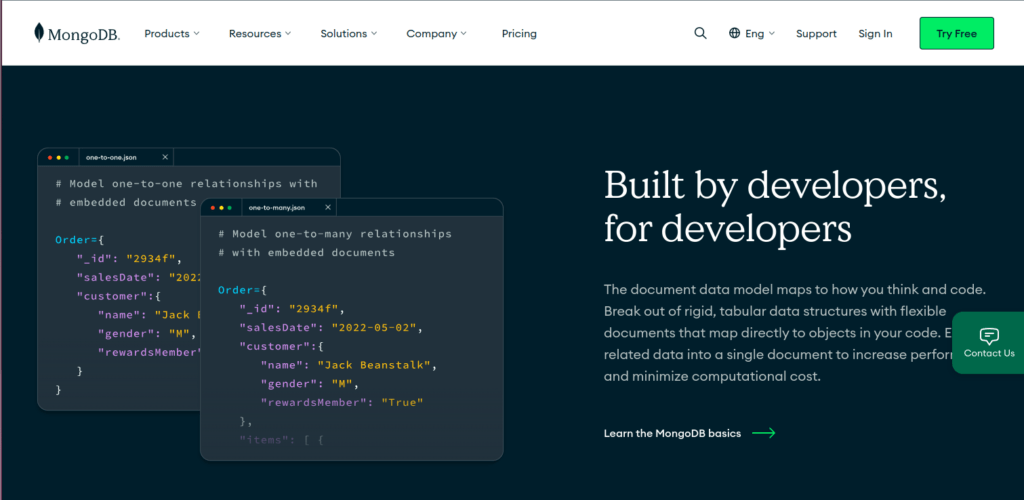
- Features:
- Offers powerful querying and indexing capabilities, supporting geospatial queries, full-text search, and aggregation operations.
- Provides horizontal scalability through sharding, enabling easy scaling for high-volume data applications.
- Supports ACID transactions, making it suitable for applications that require strong data consistency.
- Pros:
- Highly flexible schema design allows for rapid application development.
- Robust ecosystem with extensive community support, tools, and integrations.
- Available as a managed service (MongoDB Atlas) with support for cloud deployment.
- Use Cases: Real-time analytics, content management systems, e-commerce platforms, and IoT applications.
Read Also : Top 10 Best UX Design Tools for Exceptional User Experiences in 2024
2. Cassandra
Apache Cassandra is a distributed NoSQL database designed for handling large volumes of data across multiple data centers. It offers high availability and fault tolerance, making it ideal for mission-critical applications.
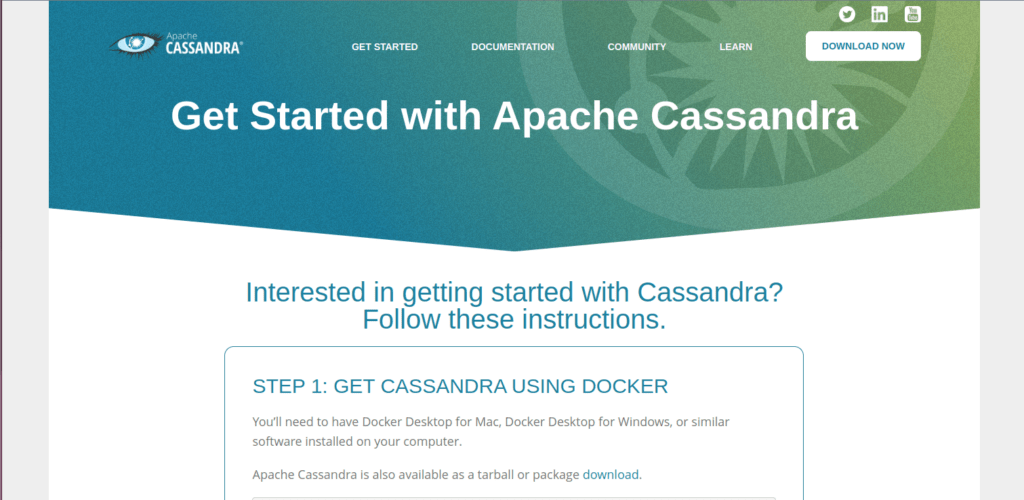
- Features:
- Provides a peer-to-peer architecture with no single point of failure, ensuring high availability and fault tolerance.
- Supports distributed data replication across multiple nodes and data centers for enhanced durability.
- Offers tunable consistency, allowing developers to choose the right balance between consistency and performance.
- Pros:
- Scales linearly with the addition of new nodes, making it suitable for large-scale data applications.
- Designed for high write throughput, making it ideal for time-series data and IoT use cases.
- Supports CQL (Cassandra Query Language), which is similar to SQL, making it easier for developers to learn.
- Use Cases: Social media analytics, financial services, time-series data, and IoT applications.
3. Redis
Redis is an in-memory NoSQL database that is known for its high performance and low latency. It supports various data structures, including strings, hashes, lists, sets, and more, making it versatile for different use cases.
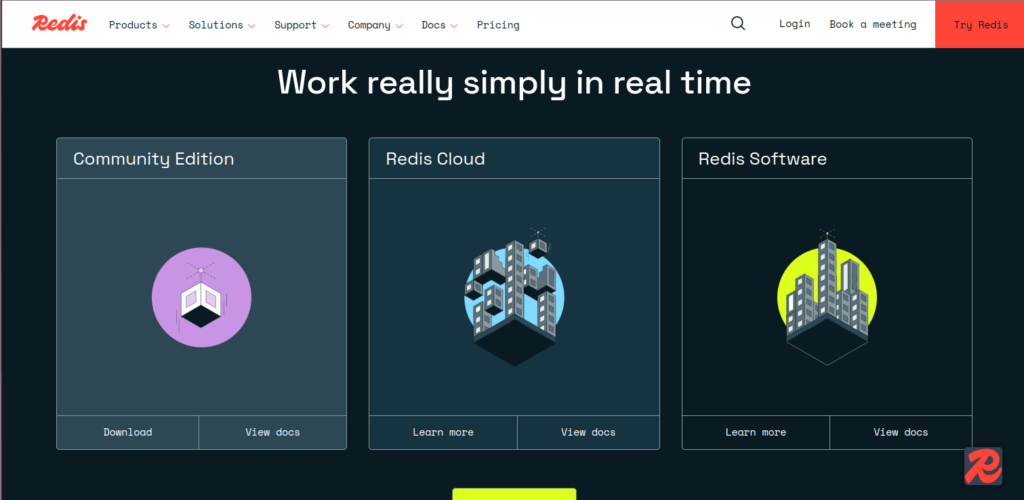
- Features:
- Offers advanced data structures and operations, such as sorted sets and bitmaps, for complex data manipulation.
- Provides built-in replication, persistence, and high availability through Redis Sentinel and Redis Cluster.
- Supports Pub/Sub messaging and Lua scripting for real-time communication and processing.
- Pros:
- Extremely fast read and write operations due to its in-memory nature.
- Suitable for caching, session management, real-time analytics, and leaderboards.
- Supports clustering and sharding for horizontal scalability.
- Use Cases: Caching, real-time analytics, message brokering, session storage, and leaderboards.
4. DynamoDB
Amazon DynamoDB is a fully managed NoSQL database service provided by AWS. It is designed for high-performance applications that require low latency and seamless scalability.
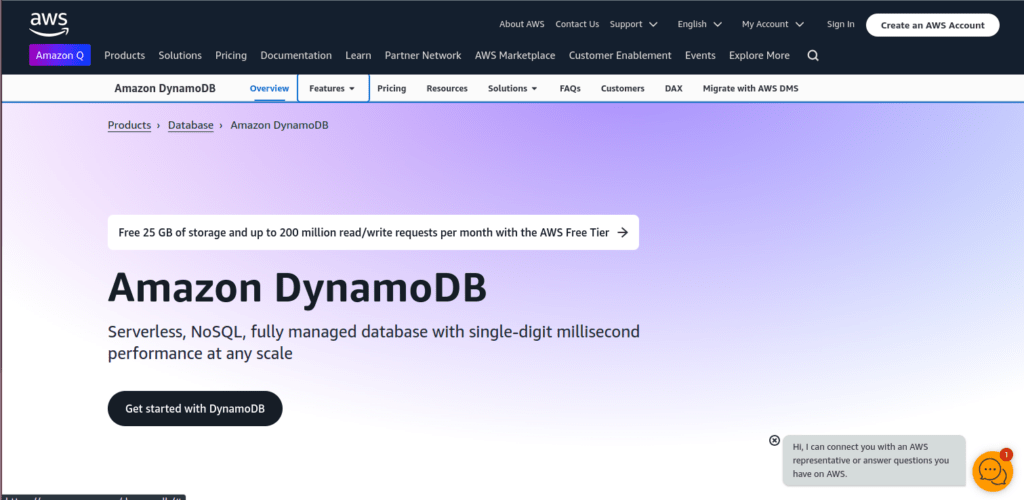
- Features:
- Offers built-in support for key-value and document data models, making it versatile for different data storage needs.
- Provides automatic scaling, backup and restore, and encryption at rest.
- Supports complex queries with secondary indexes and transactional operations for strong consistency.
- Pros:
- Fully managed service with automatic scaling and backup, reducing operational overhead.
- Integration with other AWS services like Lambda and CloudWatch for event-driven applications.
- Low latency performance, suitable for high-throughput applications.
- Use Cases: E-commerce, gaming, IoT, and real-time applications requiring high availability and performance.
5. Couchbase
Couchbase is a NoSQL database that combines the capabilities of a document store and key-value store. It is known for its performance, scalability, and support for advanced querying and analytics.
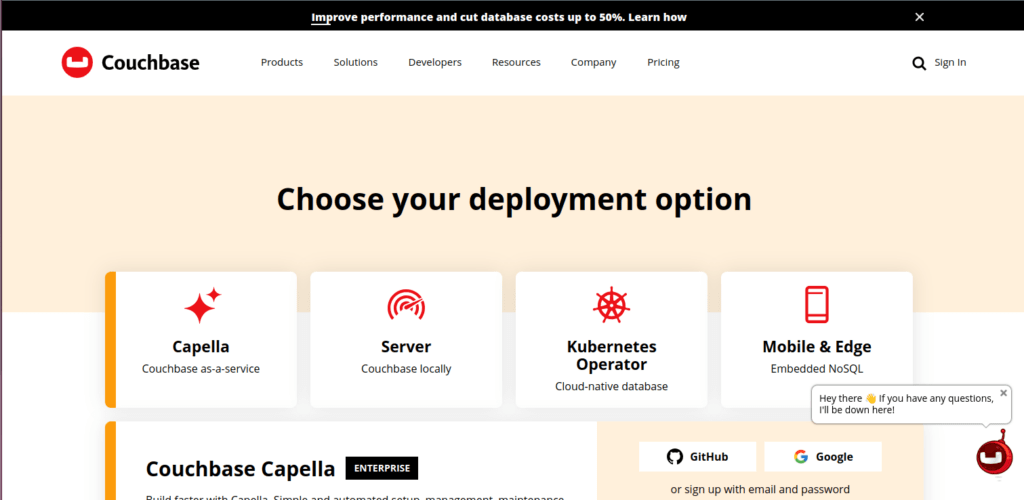
- Features:
- Provides a distributed architecture with support for horizontal scaling and high availability.
- Offers SQL-based querying (N1QL) for JSON documents, making it easier to work with complex data.
- Supports full-text search, eventing, and real-time analytics, providing a comprehensive data platform.
- Pros:
- Flexible schema design and robust querying capabilities.
- Built-in caching layer for improved read performance.
- Seamless integration with mobile devices through Couchbase Lite and Sync Gateway.
- Use Cases: Content management, mobile and web applications, real-time analytics, and IoT.
6. Neo4j
Neo4j is a leading graph database designed for storing and querying connected data. It is ideal for applications that require complex relationship queries, such as social networks, recommendation engines, and fraud detection.
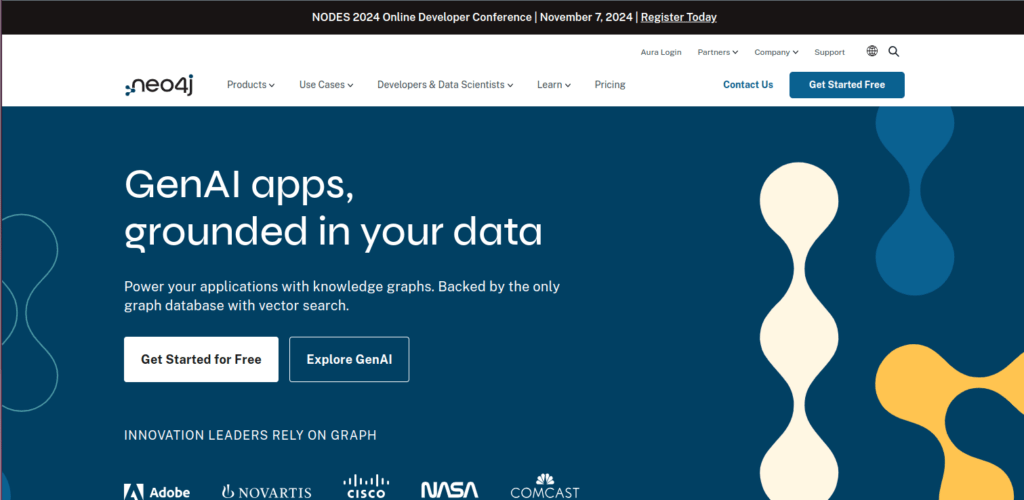
- Features:
- Supports the Cypher query language, which is optimized for querying graph data.
- Offers ACID compliance and high availability, ensuring data consistency and reliability.
- Provides tools for visualization, data import, and integration with other data sources.
- Pros:
- Optimized for complex relationship queries and graph-based algorithms.
- Scalable architecture with support for clustering and sharding.
- Strong community and commercial support for enterprise deployments.
- Use Cases: Social networks, fraud detection, recommendation systems, and knowledge graphs.
7. Elasticsearch
Elasticsearch is a distributed search and analytics engine built on top of Apache Lucene. It is commonly used as a NoSQL database for storing and querying large volumes of text and log data.
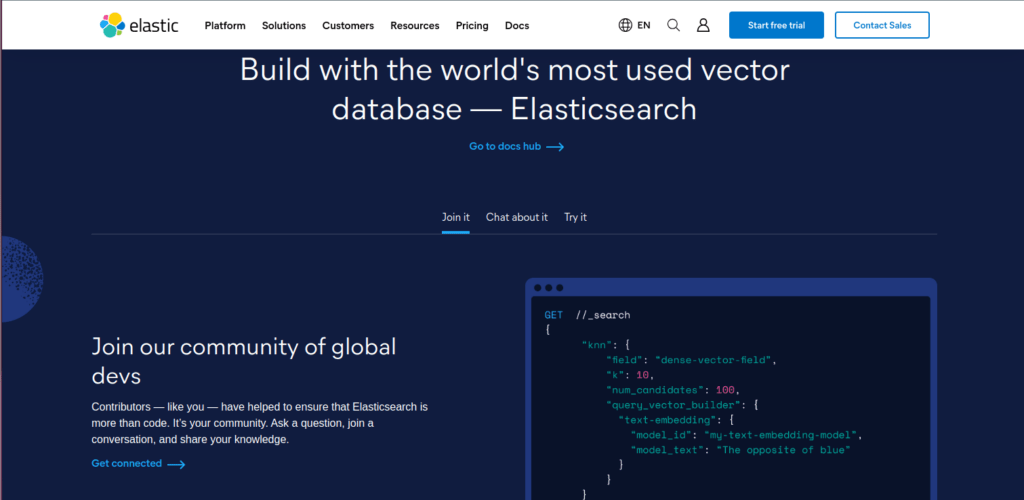
- Features:
- Provides full-text search, filtering, and analytics capabilities with support for complex queries.
- Offers real-time indexing and search, making it ideal for log and event data analysis.
- Supports distributed, scalable architecture with automatic sharding and replication.
- Pros:
- Powerful search and analytics capabilities for structured and unstructured data.
- Seamless integration with the ELK stack (Elasticsearch, Logstash, Kibana) for end-to-end data processing and visualization.
- Strong ecosystem with extensive plugins and integrations.
- Use Cases: Log and event data analysis, real-time analytics, full-text search, and security monitoring.
8. CouchDB
Apache CouchDB is a document-oriented NoSQL database that uses a schema-free JSON model for storing data. It is known for its simplicity, reliability, and multi-master replication capabilities.
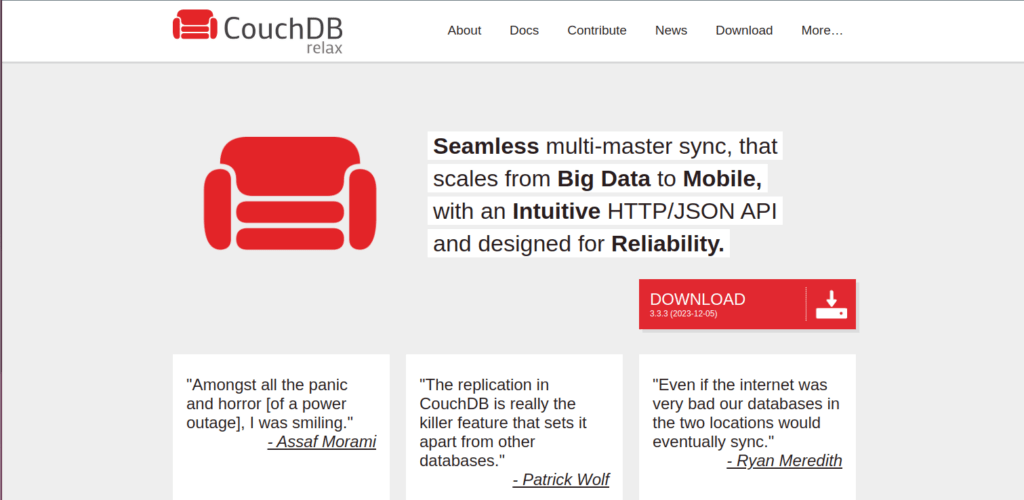
- Features:
- Provides a RESTful HTTP API for interacting with the database, making it easy to integrate with web applications.
- Supports multi-master replication, enabling seamless synchronization between distributed nodes.
- Offers conflict resolution and offline-first capabilities, making it suitable for mobile and distributed applications.
- Pros:
- Simple and intuitive API for database interactions.
- Robust replication and synchronization capabilities for distributed systems.
- Focus on offline-first applications with support for local storage and synchronization.
- Use Cases: Offline-first applications, mobile apps, web applications, and distributed systems.
9. Firebase Realtime Database
Firebase Realtime Database is a cloud-hosted NoSQL database provided by Google. It is designed for real-time data synchronization, making it ideal for collaborative applications and mobile apps.
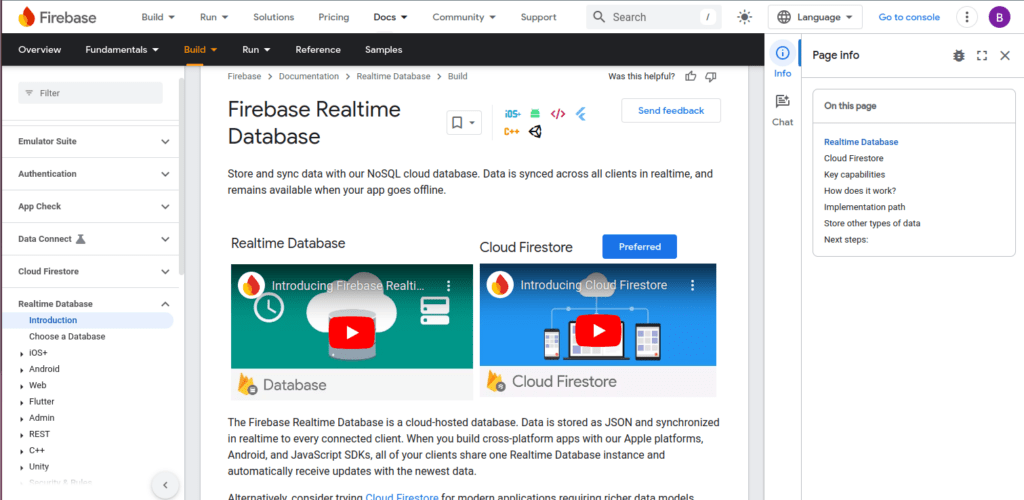
- Features:
- Provides real-time data synchronization across clients, enabling collaborative features in applications.
- Supports offline access and data persistence, allowing apps to function even when offline.
- Integrates with Firebase Authentication and other Firebase services for seamless application development.
- Pros:
- Real-time data synchronization and offline support for mobile and web apps.
- Easy integration with the Firebase ecosystem for analytics, authentication, and cloud functions.
- Fully managed service with automatic scaling and high availability.
- Use Cases: Chat applications, collaborative tools, gaming, and real-time analytics.
10. ArangoDB
ArangoDB is a multi-model NoSQL database that supports document, key-value, and graph data models. It is known for its flexibility and ability to handle various data types and relationships within a single database.
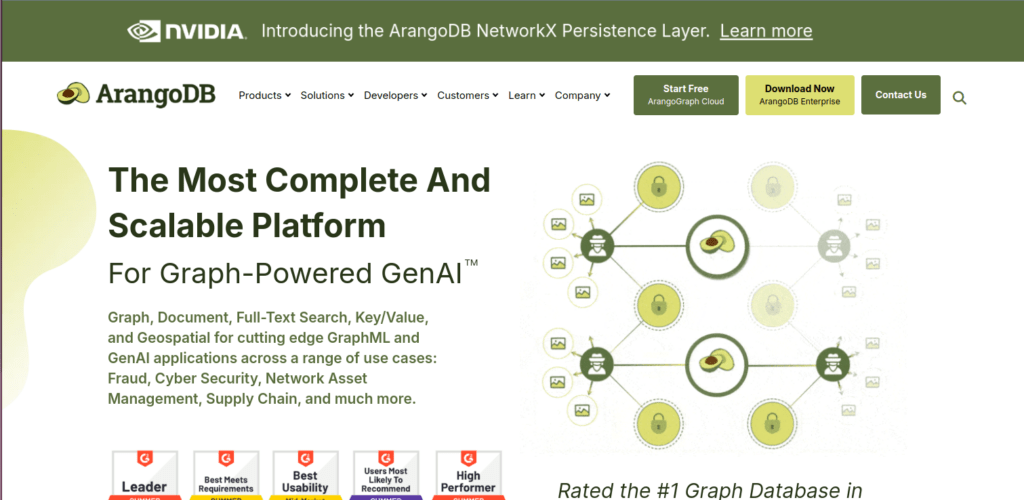
- Features:
- Supports multi-model data storage, including document, key-value, and graph data, with a single query language (AQL).
- Offers ACID compliance, ensuring data consistency and reliability for transactional applications.
- Provides integrated search and analytics capabilities with support for complex queries and aggregations.
- Pros:
- Flexible multi-model capabilities for diverse data requirements.
- Scalable architecture with support for clustering and sharding.
- Strong community support and active development.
- Use Cases: Complex data models, real-time analytics, recommendation engines, and IoT.
Conclusion
Choosing the right NoSQL database for your application depends on your specific use case, data requirements, and scalability needs. Each of the NoSQL databases listed above offers unique features and strengths, making them suitable for different types of applications. Whether you need a high-performance in-memory database like Redis or a robust graph database like Neo4j, there is a NoSQL solution that fits your needs.
